Presenting and Selling Your Photographs as Fine Art ‘One-offs’
I’d like to thank Scott and Brad for the opportunity to share a few thoughts on how I’m trying to up the game in presenting my photography. Specifically, finessing the finishing elements and the inkjet print itself to project an appearance of a one-off art piece.
Selling art is one fickle endeavor. Ask any dealer or gallery owner and they’ll tell you, “it always has been and always will be.” More on that later and to start things off I have a quick question for you. We all agree photographic prints are art, don’t we? Of course they are, but history reminds us it wasn’t always that way.
From photography’s humble commercial beginnings in the mid 19th century the evolving craft was destined for a long, drawn out debate to be accepted as art. It became an ongoing war of recognition that had to be fought across not one, but two fronts. First the new medium was quickly regarded as a threat by both traditional artists and the art establishment – viewed as an ‘industrial process’ that could dilute the business of painting or worse, perhaps even replace it. When the art community wasn’t wringing their hands of photography they were insulting it. Photography was generally viewed as simple documentation and certainly not an original ‘artistic thought’ like painting or sculpture.
The second attack was a full on assault addressing the photographer’s one deliverable – the finished print. Questioning its monetary worth the evolving process of hand-produced darkroom prints was mistakenly viewed as nothing more than a simple mechanism for easy replication. A mere copy.
It was nearly another hundred years later (in the 60’s and 70’s) that photographic prints began to be accepted as fine art and more importantly, a collectible. An object-of-desire worthy of being purchased by real dollars.
When Ansel Adams was a young creative photographer his original prints sold for $10. By the 1960s they sold for $50 – $100. Eventually the price for a print of his iconic Moonrise, Hernandez in the early 1970s rose to $500. Then a seminal moment in photography occurred! At a Los Angeles auction in 1981, the sale of a large Moonrise set a record price for a photograph at the time – $71,500. And Ansel was still alive!
Although a handful of artisan fine art photographers still produce highly crafted prints in the darkroom, the rest of us are living in an inkjet world. The quality improvements over the past 10 years have been substantial and when professionally produced the results are exquisite! Rich saturated colors and substantially improved B&W tones – all supported by archival pigment inks and elegant heavyweight cotton rag papers. Today even exotic hand-made papers and various manufactured substrates are being run through large inkjet printers. But even these superior prints at times are still subjected to the all-to-familiar ‘perceived value battle’. Buyers and collectors realize compared to the effort it took to produce vintage prints in the pre-digital era, this inkjet reproduction process seems effortless. Maybe too easy?
When traveling and gallery hopping around some of the country’s epicenters of contemporary art (Los Angeles, Santa FE, New York), I always try to query photographers and gallery owners on this issue.
They’re quick to point out that price-points for inkjet prints involve a sliding scale. Factors include a photographer’s reputation, collectability along with the stature and reputation of the gallery, art center, or museum itself who is promoting and selling the work. For the lone photographer, overhead and production cost can seem never-ending. Beyond the artistic and intrinsic value of a photographic print there are travel costs, postproduction time and of course the materials including papers, inks, matting and framing materials. If you’re using museum quality archival materials add another 30%. If you aren’t selling your work direct, then gallery, dealer or representative commissions can slice another 40-60% right off top.
From personal experience and the photographers I’ve talked to, one hears variations on the same theme, “I’m practically giving my work away.”
Creating the ‘One-off’ Appearance
Even though I was finishing my photographs to museum-quality standards, I wasn’t going the extra mile – compared to the effort I put into my paintings. My rationale was the time spent on the painting warranted it – weeks if not months were invested into a single work, depending on the ebb and flow of my motivation or frustration.
It was driven by a financial bottom line. Even the my best inkjet print wasn’t going to match the price point for an original painting. At the end of the day this mindset and the lack of presentation wasn’t helping my medium sized photography prints.
As a side note, I spent most of my career working within the creative services field. A highly competitive commercial realm that resembled a ‘cage fight’ at times. It was a life of pitching clients and always trying to close the deal. It taught all of us in the biz – project managers, production personnel, graphic designers and art directors alike ‘you don’t get a second chance to make a first impression!’
Standardize on Size, Materials and Workflow
Production wise, consistency in inkjet print size, mat size, and frames will be your new best friend. Materials in bulk can be purchased at discounts and your workflow begins to breed a familiarity that increases output. The ‘ole time is money saying never rang truer.
For my one-offs I’m now ‘floating’ the prints (for both paintings and inkjet prints). I like the resulting dimensional look and subtle shadows that showcase the print. Being larger pieces I now exclusively use quality plexiglass. With these sizes, glass is simply too heavy and potentially too fragile.
Backing the print and frame with a fairly neutral colored linen or textured cloth (mounted to a ½” foam core board) adds to the appearance. It’s another real world material added to the mix – a subtle, classy touch that’s content to take a back seat in the overall presentation.
My material list includes:
- Frames –I’m primarily using hardwood maple frames but at times will use less expensive, painted frames with the same dimensions.
- 3/16” Plexiglass (UV coated).
- Inkjet Paper – Epson Hot Press – Bright White 18 ml (deckled by hand). The paintings are produced on pre-deckled 300 lb. Arches watercolor paper.
- Inkjet Print (float mounting) 1/4” foam core board (use acid free board since this comes into contact with the print).
- Frame 3/8” Spacer Strip’ for separating Plexiglass from the surface of the Inkjet print.
- Textured Linen cloth.
- Mounting foam core board for texture linen cloth is ‘Spray Mounted’ to board. (note: the folding of the fabric for tight corners is a critical step.
- Overall assembly backing board (1/4” construction board is fine here)
Finishing Touches by Hand
I was lukewarm for years about the the deckled-edge look but it started to grow on me when I saw examples that were ‘tastefully’ implemented. Small torn edges vs. the larger pronounced ones I’d usually see.
I was never a fan of ‘numbering’ prints as an edition or for that matter giving an image ‘a name’. Vintage prints tradition dictated that a small, humble signature in pencil was the norm. I’ve flipped on these practices and feel these small additions add yet another hand-made touch. If your hand printing technique isn’t up to snuff find a style you like and start practicing. Trade secret: I’ve learned that not all photographers hand print on their own inkjet finals (except for the signature).
Using a One-off to Help Sell your Unframed (smaller) Inkjet Prints
There are dollars to be spent producing a one-off like this, but there is a method to the madness (and potential payoff) to investing into this level of finishing work. You may only need to create one or two for promotion and selling purposes.
The large one-off becomes the draw (or come-on if you will) to sell your individual smaller inkjets versions – all conveniently available to the buying public at an affordable price. A potential buyer may fall in love with the large, pricey original one-off but is offered the option to make a purchase and leave the gallery or store with a smaller, affordable, unmated and unframed version. I utilize this approach for paintings as well. It only takes one but realistically only a small number of patrons are prospects for purchasing a $1,350 one-off. My ‘affordable offering’ includes the smaller inkjet print, hinged to a board with large plastic corners along with an instruction sheet outlining my mat/ framing dimensions – handy for the consumer to take to a framing vendor of their choice. It’s all encased in a archival clear acetate sleeve and packed within two sheets of single weight cardboard. It’s a pretty clean little presentation in its own right and the same process I use when shipping prints.
A Visually Powerful Alternative to the Expense and Time of Producing a One-off
Let’s change gears regarding presentation and make things easy. GO LARGE – format wise with your inkjet prints through the services of an established printing company. I’ve produced a few 60” x 30” prints and they are one dramatic presentation – pretty much anywhere you hang them. In a corporate office, a retail space, a private residence and certainly in your own living room right behind that couch or yours. A hassle-free solution delivered straight to your door in 3-5 days.
There are plenty of quality inkjet print producers out there. One I’ve had nothing but a great experience with is Bay Photo (thanks KelbyOne). My two favorite large scale offerings are their plexiglass ‘flush mounts’ and the very innovative, portable and durable XPozer System. A very affordable combination print and wall-hanging system. The innovative shipping packaging even becomes a reusable packing/travel box for yourself or when shipping direct to your customer. Stretch it out, snap the hanging system in place behind the print and it’s on a wall in 15 minutes. Bay Photo’s current pricing for a 60” x 30” print and the hanging system is $173.00 without discounts. At that price you will find the wall space.
Find New Venues for Selling
I’ve done a 180 degree turn with my own photography selling targets. I was regularly entering open art calls, juried shows and showing in some small galleries thinking I’d slowly build some exposure, recognition and eventually sell in those revues. I did have some success with that direction but it was hit and miss. I’m now researching, visiting and evaluating higher end home and office interior furnishings and accessory retailers. Boutique, independent shops that are already in the business of selling higher priced items. These are locations where large one-offs selling for $1,200 – $1,500 (or more) are right at home (pun intended). Hip and cult restaurants are another good source but in these cases politely grill the restaurant proprietor to make sure their ‘art intent’ is genuine vs. their need to simply fill blank wall space. I’m approaching these retail outlets and offering a 30%-35% commission so there is no commitment on their part regarding an outlay of cash. A consignment proposition and a win, win for both of us.
The game changer in moving away from traditional art outlets is these retail boutiques generate much higher traffic than a small isolated art gallery. In short your work is being seen by more eyes. Eyes that are already in a buying mode. In many cases your small promotional brochures, post cards or business cards can accompany your work in these retail venues as well. I still enter select competitions but I’m committed to this current path.
Finally, a Short Disclaimer
Just so I can keep faith with my ‘traditional brethren’ of print framers, I’m not advocating tossing the standard of traditional museum quality finishing work under the bus. Bright-white Rising museum board and the forever classic Neilson #11 flat black frame remains a very elegant and proper approach for presenting photographs. It’s time tested, minimal, understated and promotes a familiarity that continues to appeal to photographers, galleries and museums alike. A purist’s approach!
But as I’m learning and accepting (at least for now) perhaps at times, it can be a bit too vanilla for the general art buying public.
Thanks to everyone (who read this far) and hopefully I’ve offered up a thought or tip that will help your own current efforts or future plans.
Mark Wegner is a photographer and painter based in Sonoma County, California. You can see more of his work at MarkWegner.com and connect with him on Facebook.



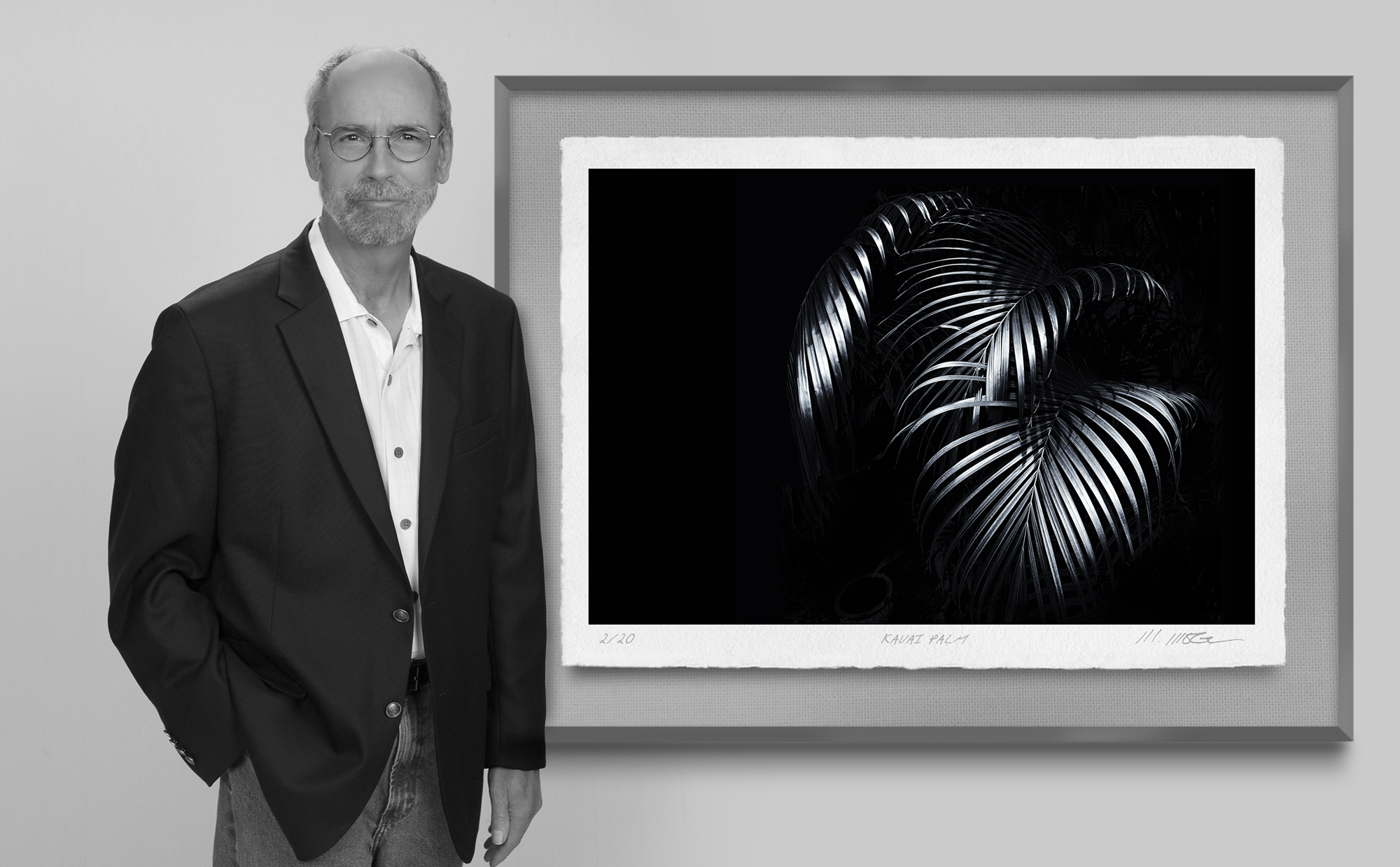

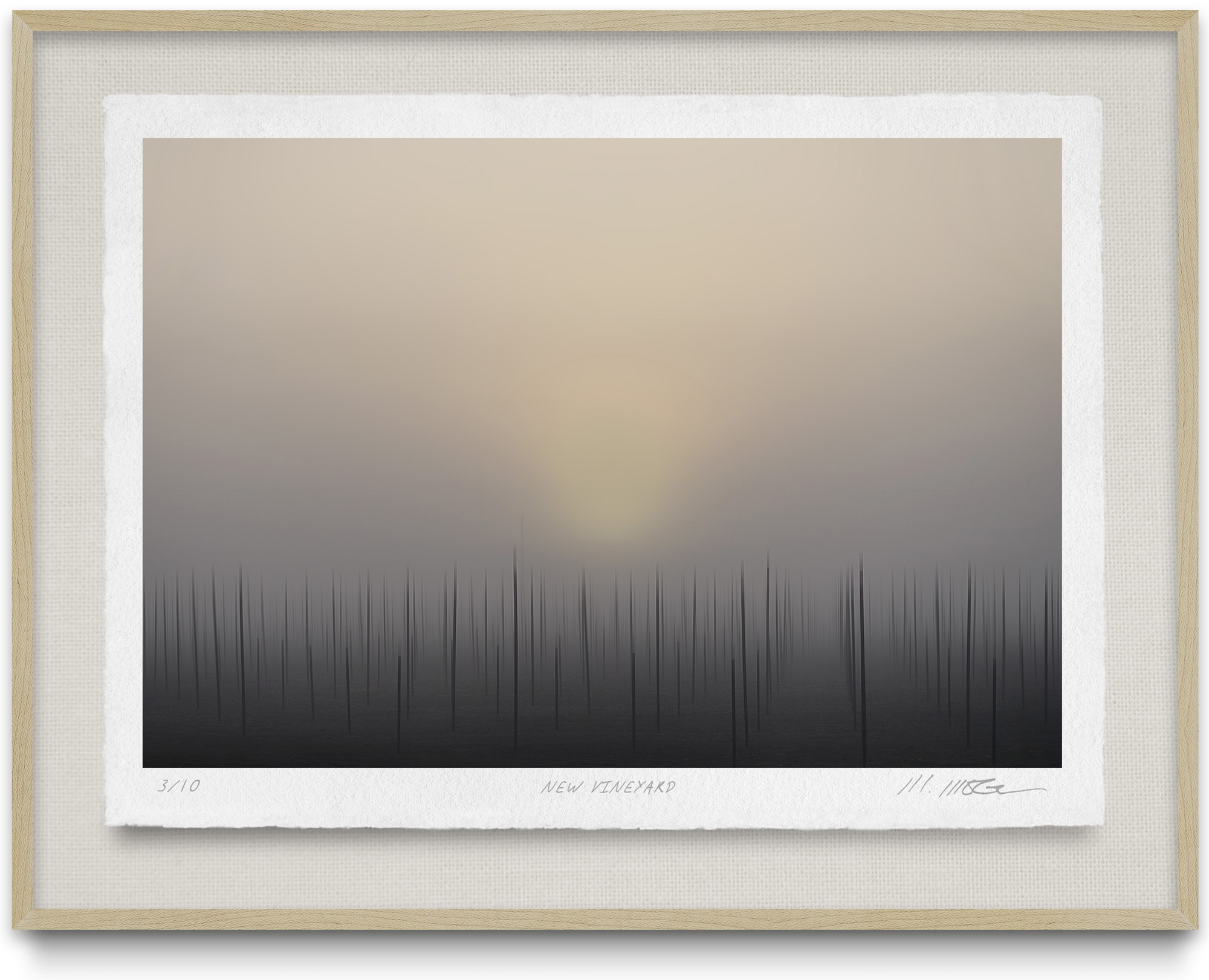
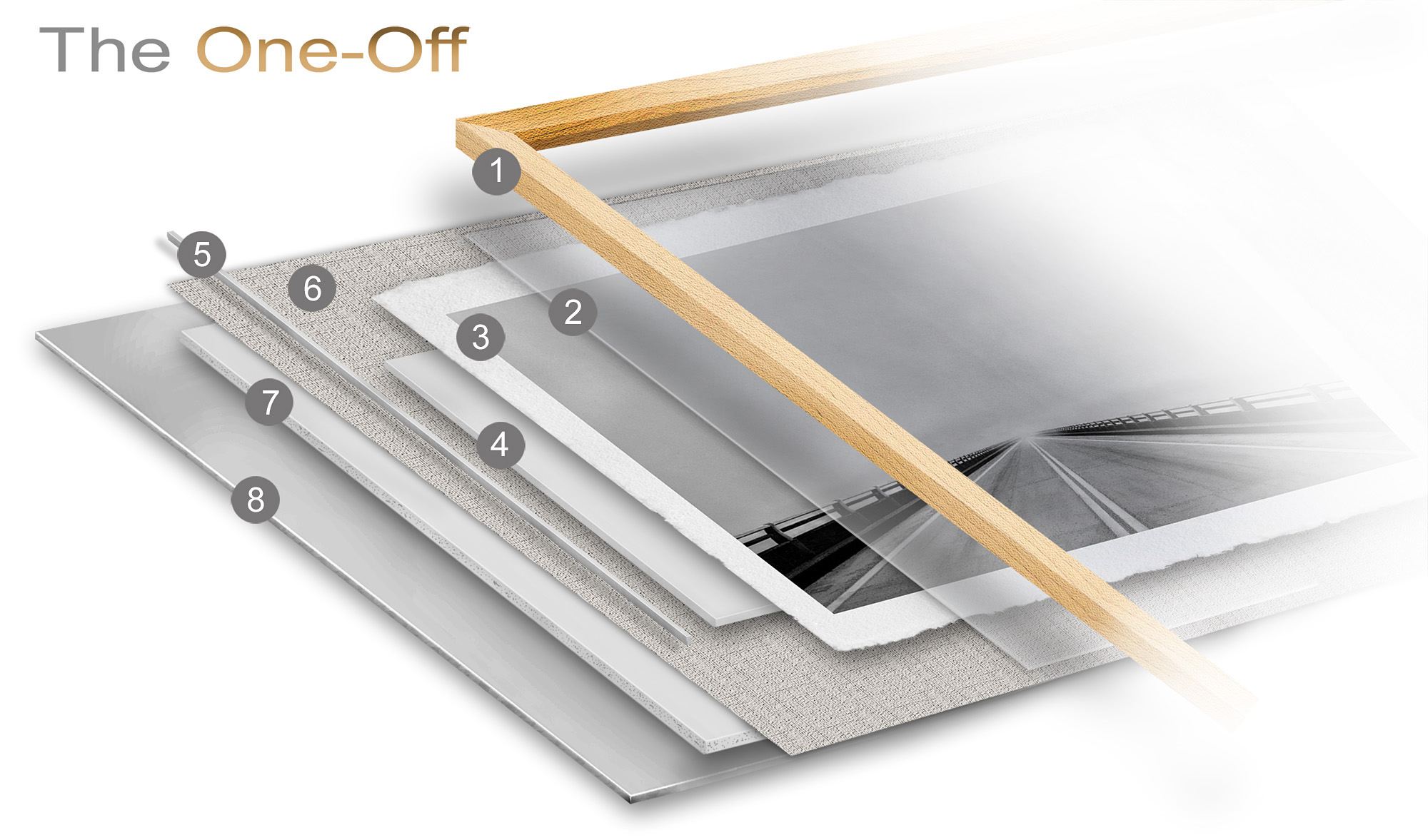


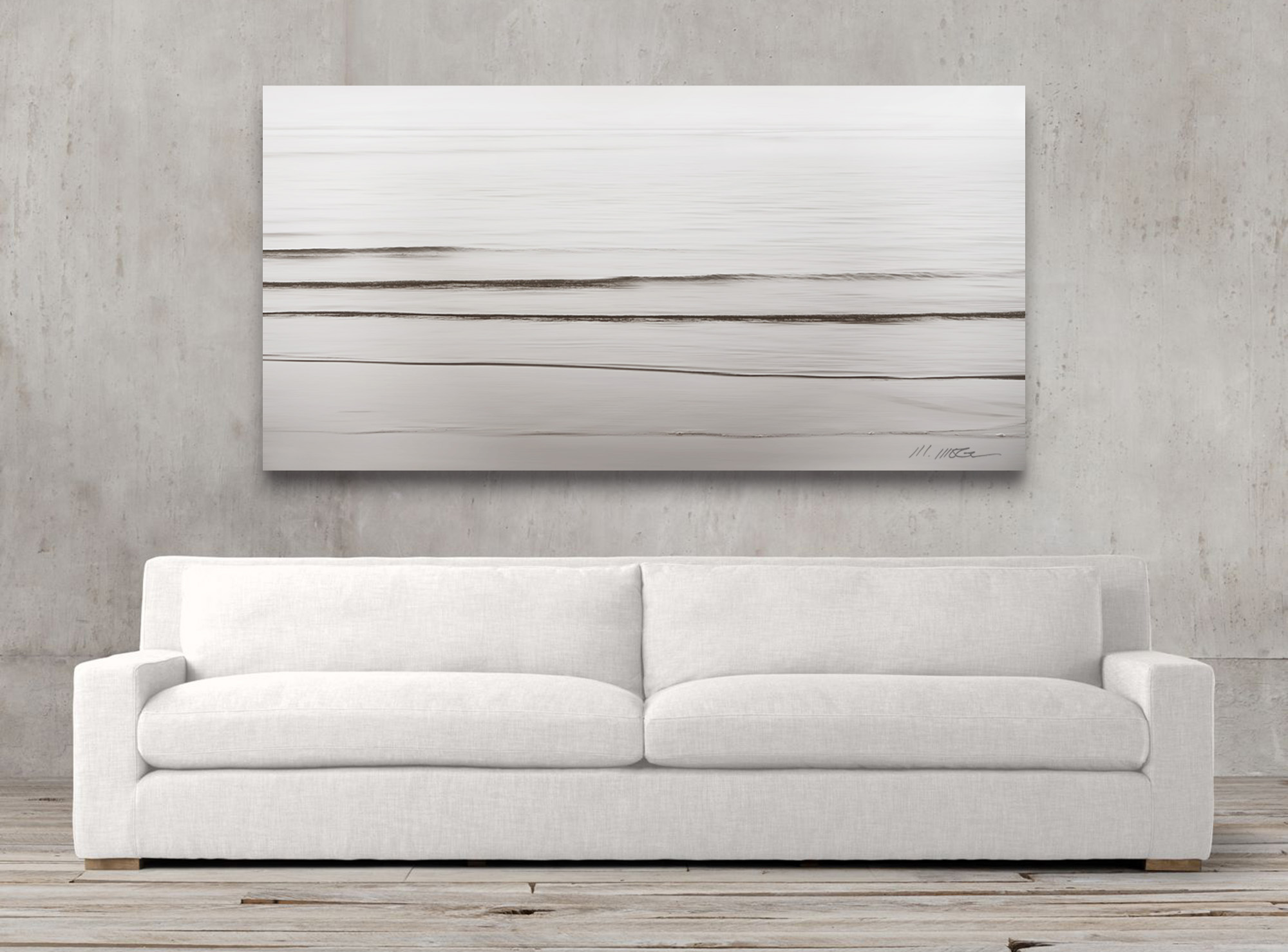

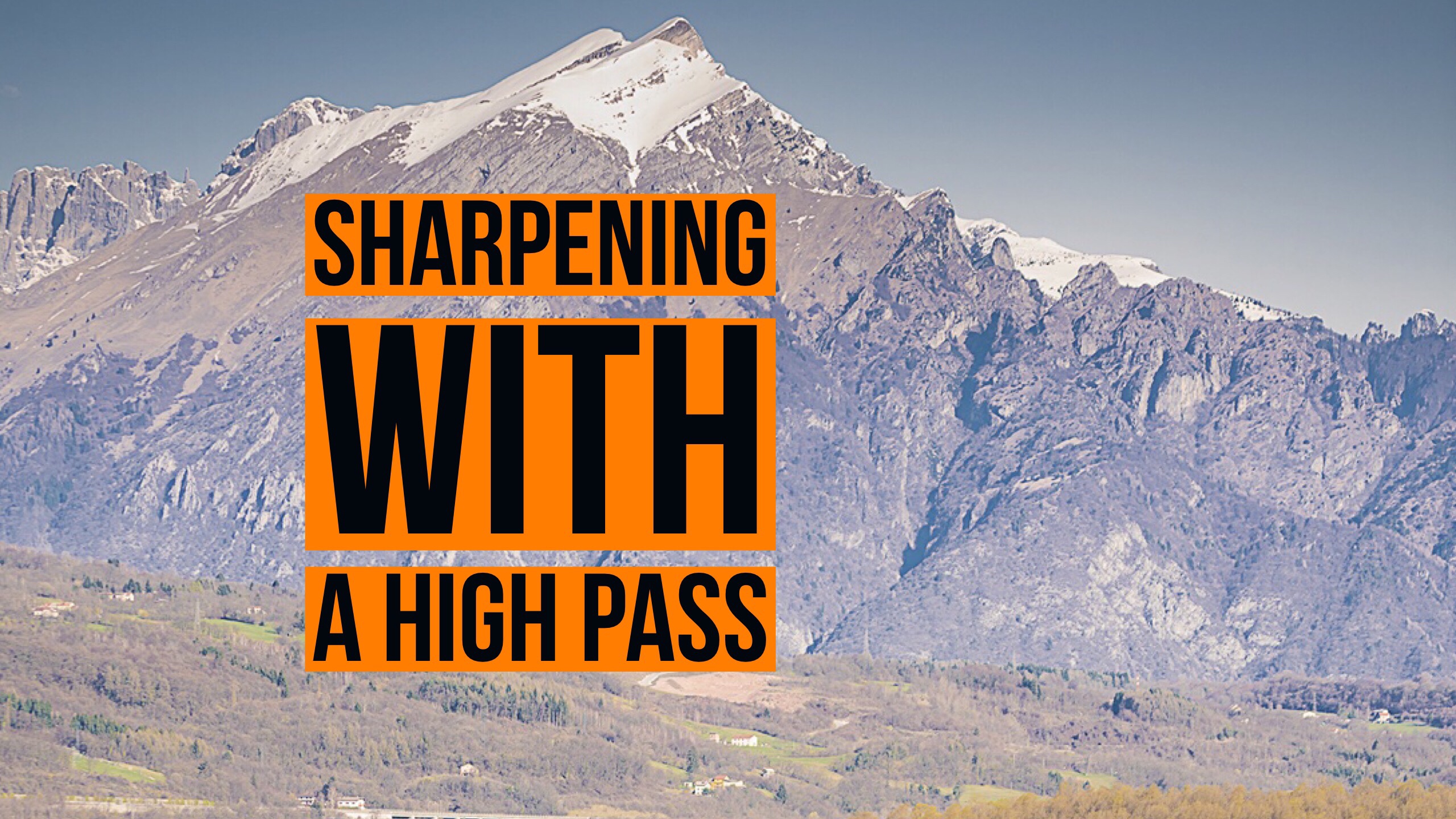
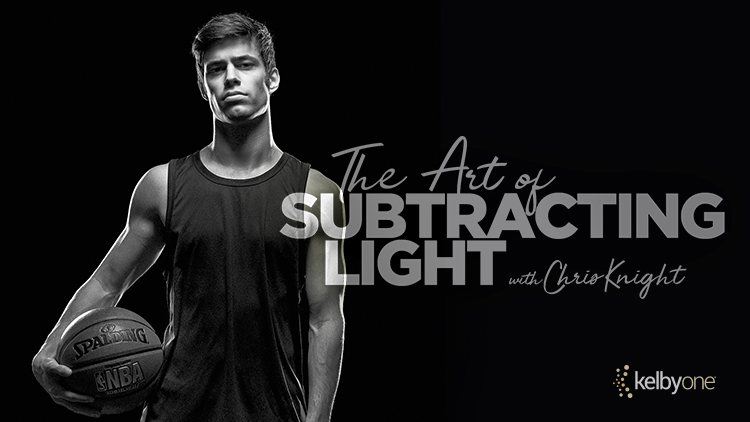
Excellent article. May I suggest that Mark be recruited to do a KelbyOne class on this subject? I’d love to see him preparing a print as part of a class.
Great article. This is a great debate about photography and “perceived value”. That has been our fight for years.
A word of warning, the voice of experience, about hanging your artworks in restaurants (Find new venues). Places that serve “sizzling fajitas” will ruin your works faster than Bay Photo or MPIX can print them.
One word on spray glue mounting, it may not be neutral ph. Look into a dry-mount film instead.